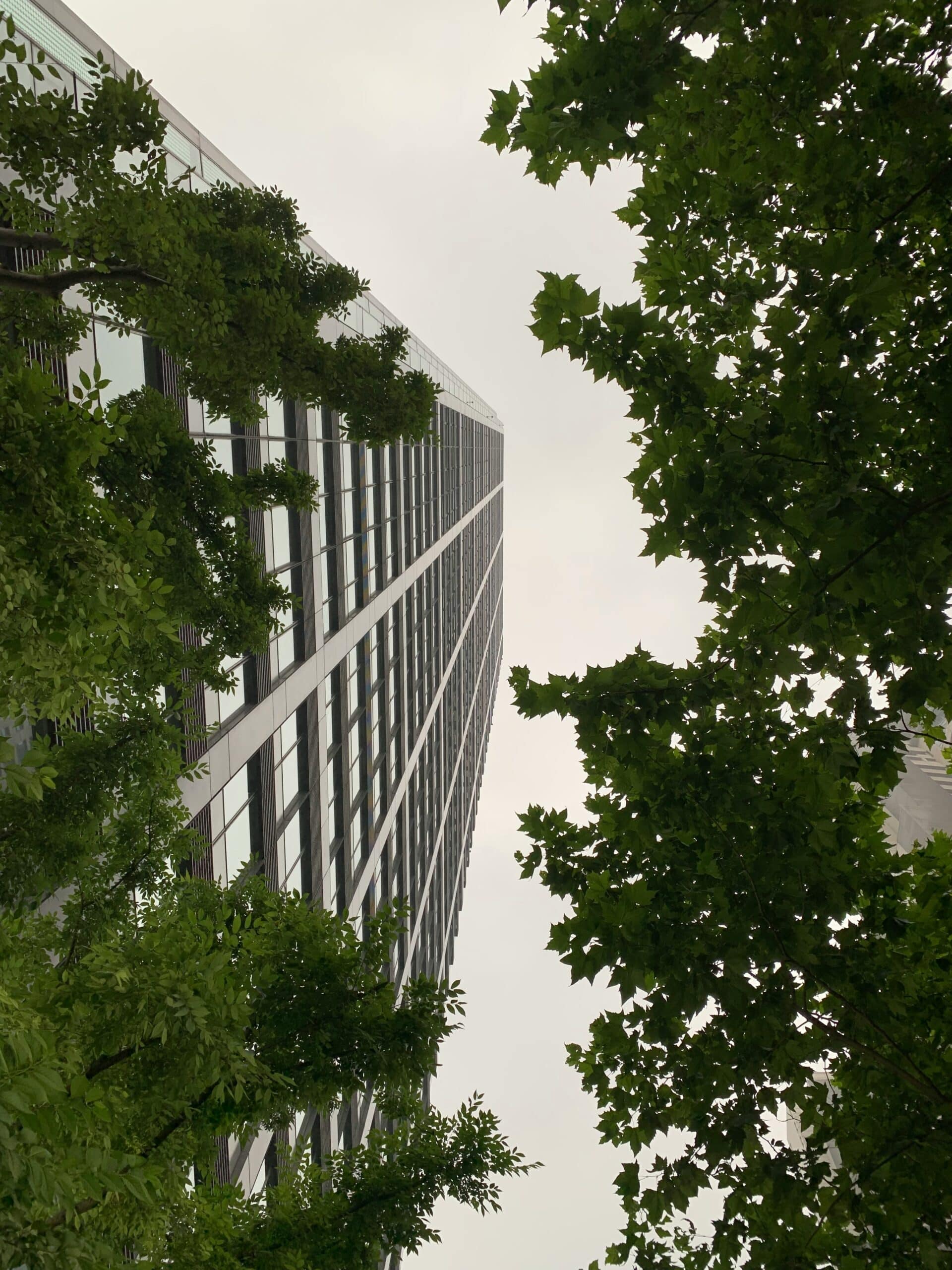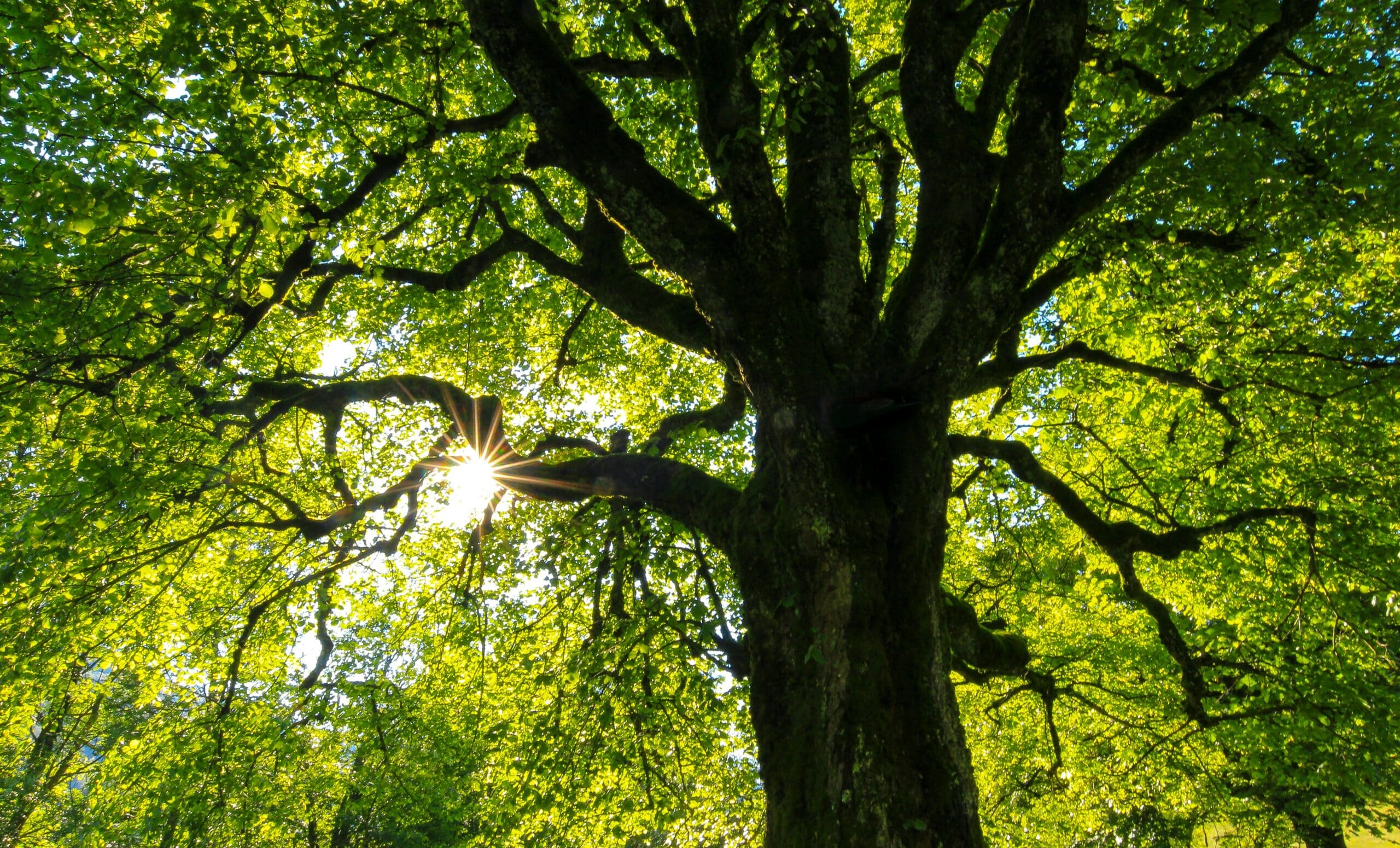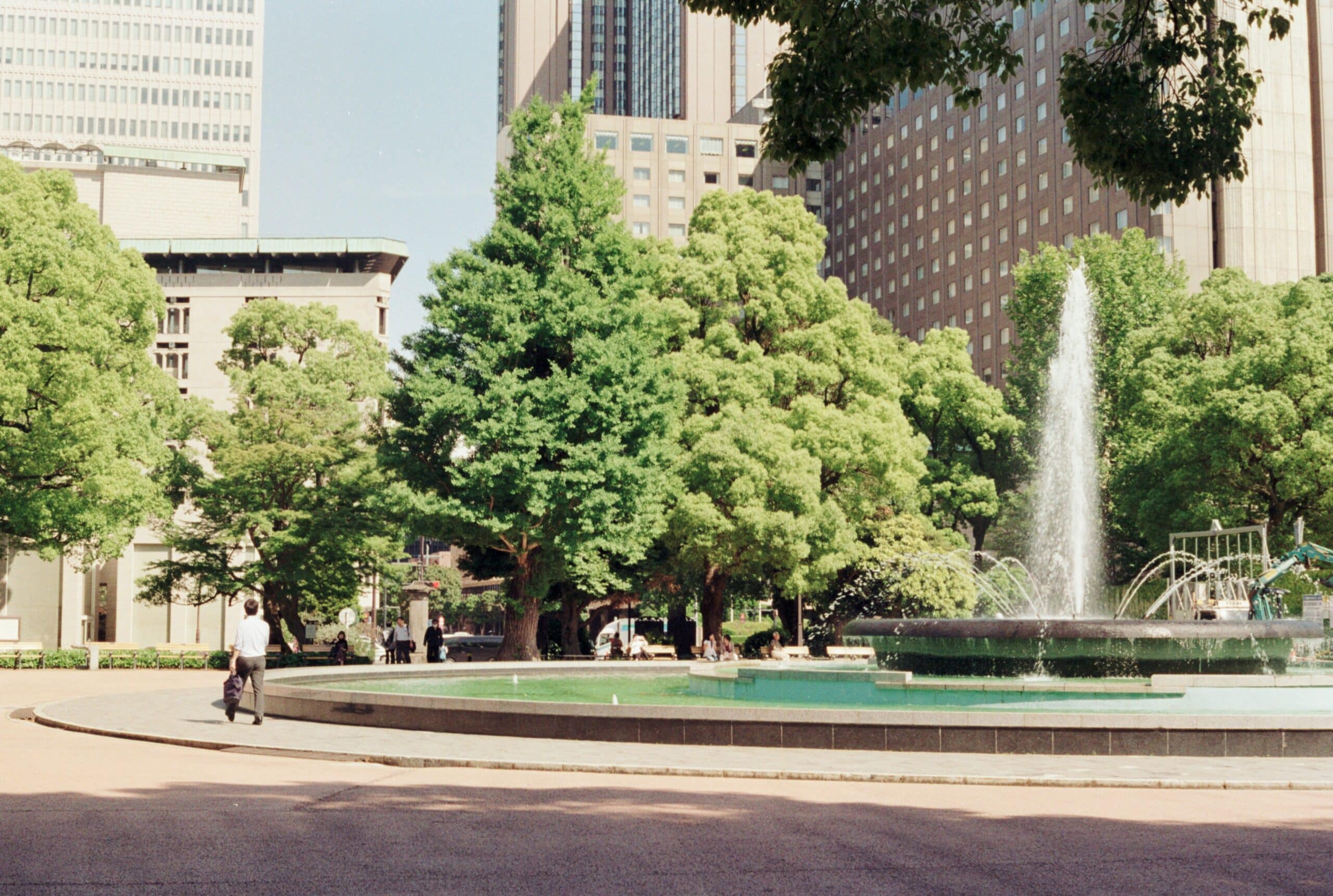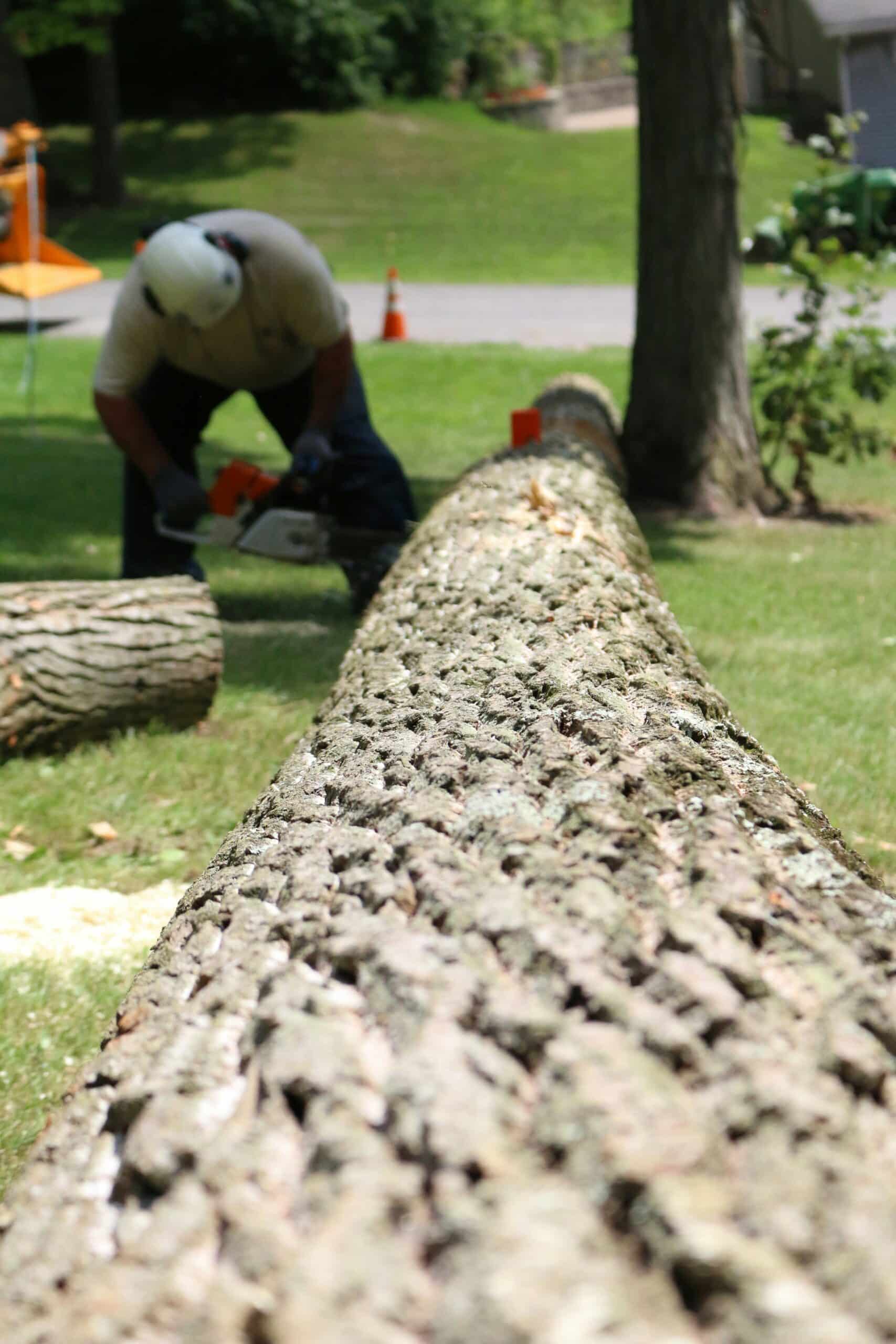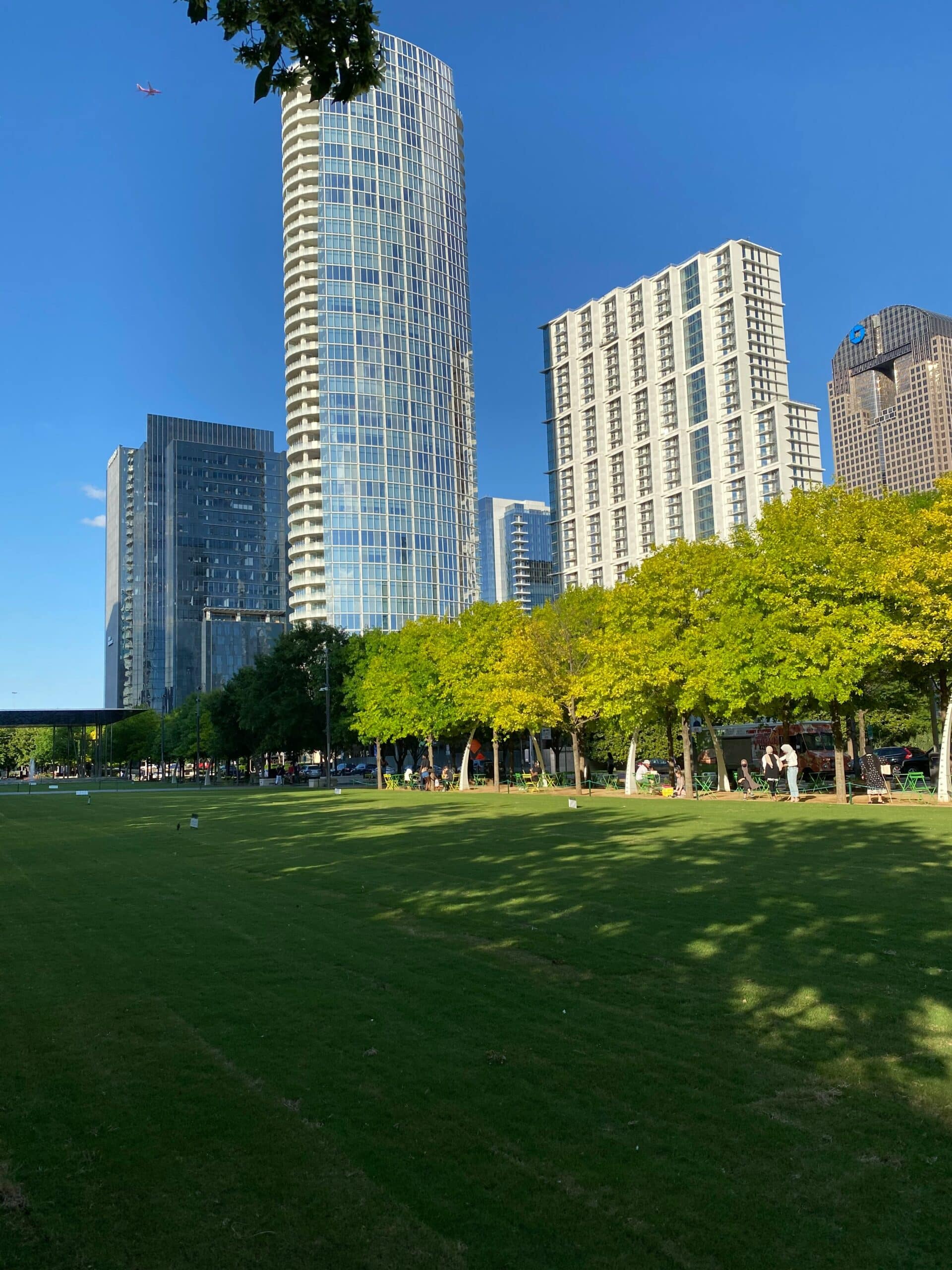
Date May 01, 2025
Category
Introduction
Maintaining healthy trees becomes increasingly essential as cities grow and urban developments expand. Urban trees face many unique challenges that can impede their growth and vitality. In areas like Denton, for instance, resources such as tree health Denton services provide essential support for those looking to nurture their urban flora.
Healthy trees enhance urban life by purifying the air, providing shade, and supporting wildlife. They can lower city temperatures, reduce noise pollution, and increase property values. Consequently, understanding the steps to care for urban trees is invaluable for individuals and communities committed to creating sustainable and pleasant living environments.
Understanding Urban Tree Challenges
Urban trees are exposed to various stresses that rural trees generally do not experience. One of the most significant challenges is pollution, which tarnishes tree foliage and contributes to soil degradation. Additionally, city infrastructure often limits tree natural development by restricting root systems to small spaces. Concrete surfaces and asphalt can cause heat stress and impede water absorption, further compounding difficulties for trees.
Essential Tree Care Practices
Caring for trees requires consistent maintenance and thoughtful techniques to ensure their long-term health. Implementing uniform care routines is essential for addressing these difficulties. For instance, mulch around tree bases helps retain soil moisture and protects roots from harsh temperatures. Applying organic mulch like wood chips or bark provides insulation and promotes natural decomposition, enriching the soil with essential nutrients.
Fertilization is essential for tree care, especially in urban environments where the soil often lacks nutrients. Regularly assessing and supplementing the soil with the right fertilizers can significantly improve a tree’s growth and resilience. Furthermore, scheduling routine evaluations and maintenance tasks—such as soil aeration, weeding, and pruning—helps trees stay healthy and strong throughout the year. These steps, as outlined in resources like WikiHow, provide valuable guidance on best practices for tree care.
The Role of Pruning
Pruning is essential in upholding a tree’s health, safety, and overall structure. Eliminating dead or diseased branches enhances wind flow through the canopy, lowering the chances of limb breakage in storms. Pruning also prevents potential hazards to individuals and assets. It is advised to prune during the tree’s inactive period to lessen stress and promote robust regrowth in the spring.
Watering and Soil Management
Urban trees need a thoughtfully managed watering approach to flourish. Too much water can result in root rot, whereas too little can lead to dehydration and inhibited growth. Irrigation should be modified according to seasonal variations, requiring more regular watering during warmer months. Proper soil management is equally essential, enhancing nutrient uptake and plant stability. Refer to comprehensive guides on soil management practices to create an environment that supports tree health in urban settings.
Pest Control and Disease Prevention
Invasive pests and illnesses represent significant risks to city trees. Early detection through regular monitoring can prevent extensive damage. To keep pests at bay, employ integrated pest management strategies combining biological, cultural, and chemical practices. Ensuring tree health through proper watering, fertilization, and pruning reduces susceptibility to pests and diseases.
Conclusion
Caring for healthy trees in urban environments requires a collaborative effort, and community and local government participation is essential for the effectiveness of urban tree initiatives. By emphasizing education and steady care methods, city residents can nurture flourishing forests within metropolitan areas, enhancing city life for future generations.
Photo by Alejandro Ybarra on Unsplash
